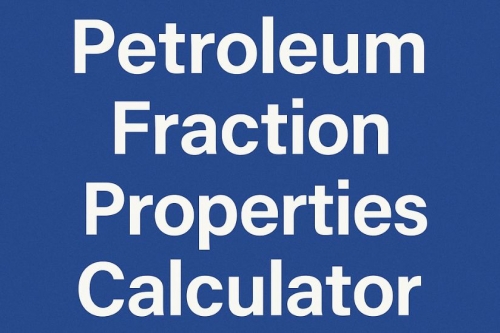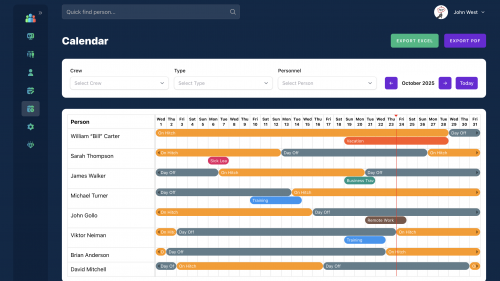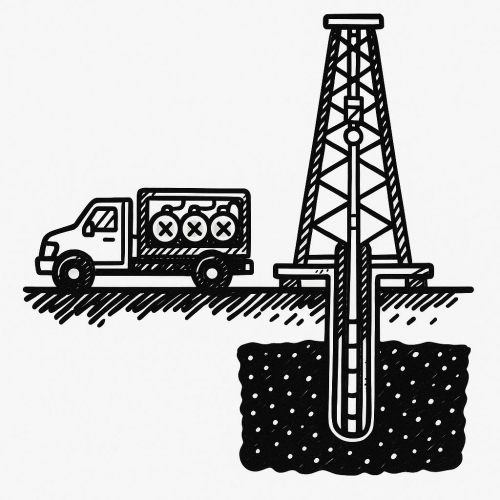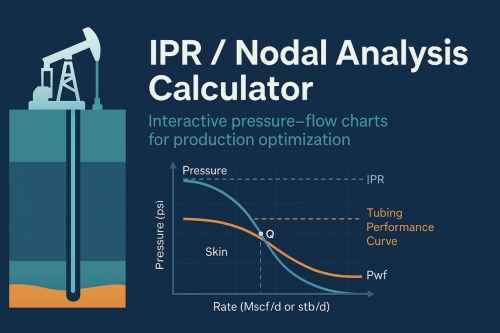Selecting the right drill bit for oil and gas drilling is essential for achieving optimal performance and efficiency. There are many factors to consider when making a selection, including the type of formation being drilled, the depth of the well, and the drilling rig being used.
Types of drill bits
The two main types of drill bits used in oil and gas drilling are roller cone bits and polycrystalline diamond compact (PDC) bits.
- Roller cone bits are the most common type of drill bit used in oil and gas drilling. They are relatively inexpensive and can be used to drill a wide range of formations. Roller cone bits have three cones that rotate on roller bearings. Each cone is equipped with cutting teeth that break up the formation as the bit rotates.
- PDC bits are more expensive than roller cone bits, but they can drill faster and longer in harder formations. PDC bits have fixed cutting elements made of diamond or other hard materials.
Factors to consider when selecting a drill bit
The following factors should be considered when selecting a drill bit for oil and gas drilling:
- Formation type: The type of formation being drilled is the most important factor to consider when selecting a drill bit. Different formations have different characteristics, such as hardness, abrasiveness, and stickiness. Some formations are more suited to roller cone bits, while others are better drilled with PDC bits.
- Well depth: The depth of the well also affects drill bit selection. Deeper wells require bits that are more durable and can withstand higher temperatures and pressures.
- Drilling rig: The type of drilling rig being used must also be considered when selecting a drill bit. Some rigs have more power than others and can handle larger and more powerful bits.
Other factors to consider
In addition to the factors listed above, there are a number of other factors that may need to be considered when selecting a drill bit, such as:
- Bit size: The diameter of the bit must be selected to match the size of the hole being drilled.
- Bit weight: The weight of the bit will affect how quickly it drills. Heavier bits drill faster, but they also put more stress on the drilling rig.
- Bit speed: The speed at which the bit is rotated will also affect how quickly it drills. However, it is important not to rotate the bit too fast, as this can cause it to overheat and become damaged.
Selecting the right drill bit is essential for achieving optimal performance and efficiency in oil and gas drilling. By carefully considering all of the relevant factors, drilling engineers can select the right bit for the job and maximize their chances of success.
Here are some additional tips for selecting a drill bit for oil and gas drilling:
- Consider the experience of other drilling engineers who have drilled similar formations in the same area.
- Use a drill bit selection software program to help you make a decision.
- Consult with a drill bit manufacturer or representative to get their recommendations.
- Keep track of your drill bit performance and use this information to make better selections in the future.
By following these tips, you can select the right drill bit for your oil and gas drilling needs and achieve optimal performance and efficiency.

%20(1).png)



